Introduction:
Reading the trade press, it would seem that civil engineers are finding a new use for geo-synthetics on an almost daily basis. Although the term 'geo-synthetics' is used here, this group of ground engineering products includes geo-fabrics, geo-membranes, geo-textiles, landscape fabrics, geo-grids, and geo-matrices. Basically, they are all sheet products of synthetic or natural origin that are used in some way to 'improve' the natural ground or earthworks.
Some definitions
Geo-synthetics is a 'catch-all' term used to describe sheets of a man-made material that may be knitted, woven or non-woven.
Geo-textiles:
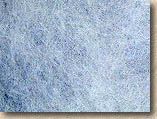
Geo-textiles are woven, non-woven or knitted, permeable sheets, usually, but not exclusively, non-biodegradable.
Landscape fabrics are an example of a light-use geo-textile commonly used in the horticultural and soft-landscaping trades.
Geo-membranes:
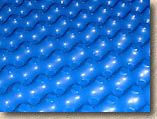
Geo-membranes are impermeable and usually non-woven, ie a film or solid sheet.
Typical use would be as a vapour or damp barrier.
Geo-composites:
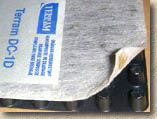
Geo-composites normally refers to a sheet that combines two or more layers of geo-synthetics.
For example, a drainage composite usually combines a permeable geo-textile with an impermeable geo-membrane.
Geo-grids:
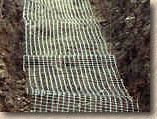
Geo-grids are tough, non-woven synthetic sheets with large (100mm+) rectanglar holes.
Used for ground stabilisation. They are also known as geo-nets.
Geo-matrices/Geo-webs:
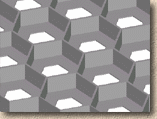
Geo-matrices can be thought of as 3-dimensional geo-grids, in that they are cellular and used to stabilise surface soil, gravels etc.
Often used as a form of Grass Paving
See also Cellular Paving Systems page.
Many types of materials may be used to manufacture geo-fabrics, depending on the end use. The two main distinctions are between woven and nonwoven products.
Geo-synthetics are manufactured from synthetic materials, but there are some applications that call for biodegradable, natural materials such as coir or jute. Polypropylene is a popular choice for geo-grids or geo-matrices, as it is strong and chemically inert. Polyester is chosen for its strength and flexibility.
There are permeable woven geo-textiles commonly used for filtration purposes and impermeable membranes to resist mud-pumping. Some fabrics offer high puncture resistance, an important consideration in road and rail construction projects, or where the integrity of the sheet is essential, as in landfill sites.
Uses
Geo-synthetics have three main roles in the construction industry. They are used to provide...
- Separation
- Filtration (liquids and gases)
- Reinforcement
...either singly or in combination.
Geo-synthetics have literally hundreds of uses, but the most common include...
Roads and Pavements
Separation:
- - to prevent bedding layers disappearing into sub-bases/subgrades
- - to keep sub-bases from mixing into sub-grades
- - to minimise/prevent soil-pumping
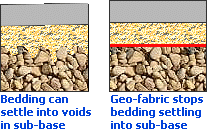
Filtration:
- - as drainage composites or lagging to filter drains
Reinforcement:
- - to inhibit reflective cracking in asphalt courses
- - strengthening of poor sub-grades
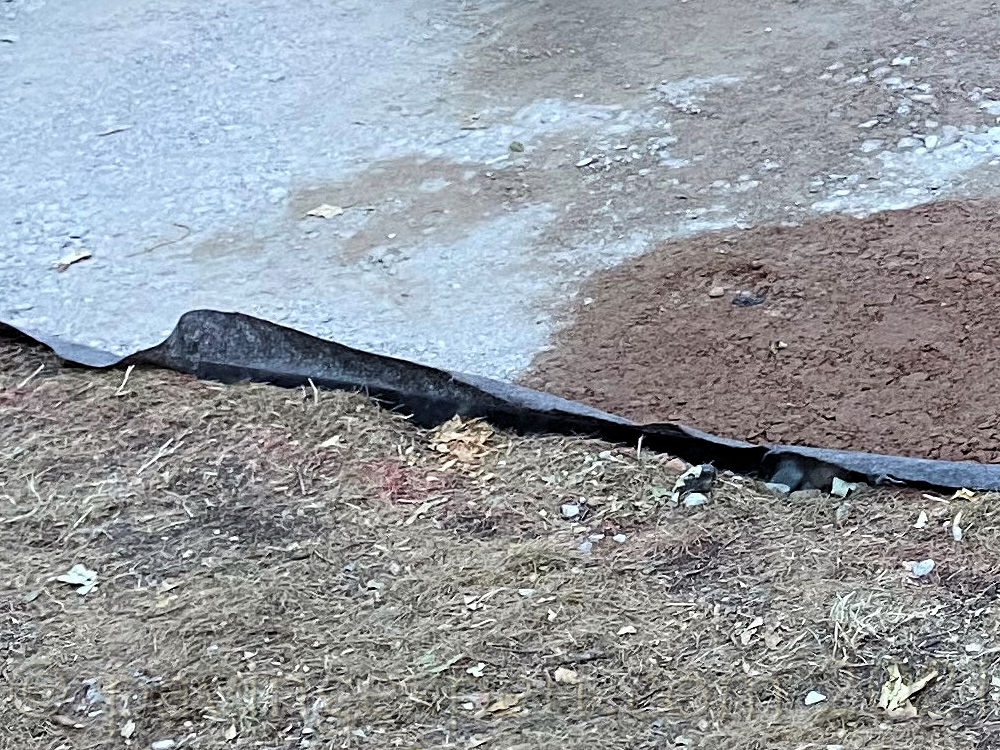
Railway Construction
Separation:
- - similar uses to those in road construction
- - separation of ballast from sub-grade to minimise 'pumping'
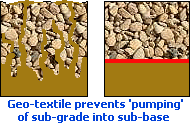
Filtration:
- -track-edge drainage
Reinforcement:
- -sub-grade and sub-base reinforcement
Ground Engineering
Separation:
- - weed control; root barriers
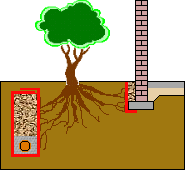
Filtration:
- - usually as a drainage composite but also as a filter membrane for land drains
Reinforcement:
- - used to stabilise topsoils
- - to stabilise earth banks
Other Uses
Erosion Control:
- - to prevent coastal or fluvial erosion
- - to counter scour by wind and rain and surface run-off
- - may be biodegradable and intended to last only until vegetation has established itself
Vapour and/or Gas Membranes:
- - impermeable to protect part of a structure
- - damp-proofing; radon barriers
Landfill Sites:
- - containment and filtration
- - leachate and gas collection
Specification
Separator geo-fabrics are the most commonly specified geo-synthetics used in the construction of roads and pavements. These are often non-woven, permeable materials primarily used to prevent the various layers of a pavement mixing or disappearing into lower layers.
DTp Clause 609 lists four essential qualities for separator geo-textiles:
- Pore size O90 - a measure of average hole size - lower figure means finer particles trapped
- Permeability, as measure in litres per m² per second
- Tensile strength - usually an abitrary minimum of 10 kN per m²
- Puncture resistance (CBR)
Suppliers:
